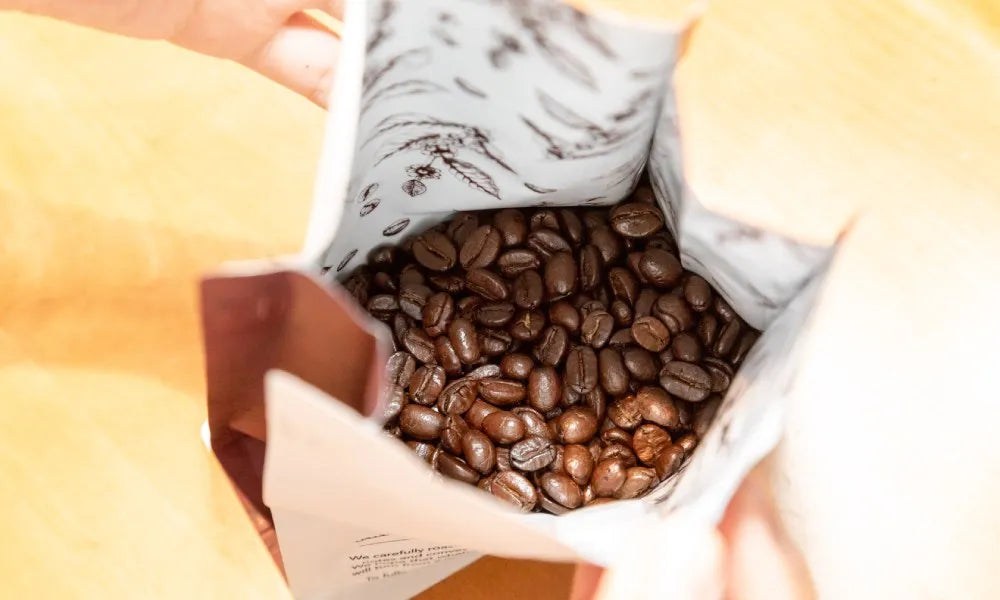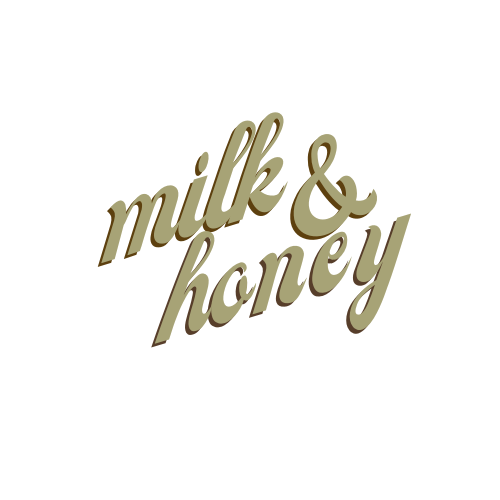
5 Tips on How to Choose the Best Coffee Packaging
Share
TLDR;
The best coffee packaging preserves freshness, aligns with your brand identity, and meets sustainability and cost-effectiveness goals. Prioritize barrier protection, degassing valves, and resealable closures while considering branding, eco-friendliness, and emerging packaging trends.
Choosing the right coffee packaging is crucial for maintaining freshness, enhancing your brand image, and appealing to consumers. The best coffee packaging prevents oxidation, preserves aroma, and aligns with sustainability trends while remaining cost-effective. Here’s how to make the best choice for your coffee business.
1. Understand Your Brand and Target Audience

Why Branding & Audience Insights Matter
Your coffee packaging is the first thing customers see, and it plays a key role in their purchasing decisions. The design, material, and messaging should reflect your brand identity—whether you’re targeting specialty coffee enthusiasts, eco-conscious consumers, or mainstream buyers.
- Premium brands should opt for sleek, high-quality materials with minimalist designs.
- Sustainable brands need biodegradable, compostable, or recyclable packaging to resonate with eco-conscious buyers.
- Mass-market coffee may benefit from cost-effective, eye-catching packaging that appeals to impulse buyers.
Choosing the Right Packaging Design
Your packaging should communicate quality and trust. Consider:
- Colors and typography that evoke emotions and match your brand.
- Visual storytelling with illustrations, logos, and text that connect with your audience.
- Customizable options to differentiate from competitors.
2. Prioritize Freshness & Coffee Quality Preservation

Best Materials for Coffee Packaging
Ensuring your coffee stays fresh is one of the most critical aspects of packaging. The right materials and design can prevent oxidation and preserve aroma. Learn more about how Coffee Packaging and Freshness go hand in hand and what factors influence shelf life.
- Foil-lined bags – Excellent for blocking moisture, light, and oxygen.
- Kraft paper bags – More sustainable but may require an inner liner.
- Compostable pouches – Good for eco-friendly brands but may have a shorter shelf life.
Sealing & Protection: Features to Consider
- One-way degassing valve: Essential for whole beans, allowing CO2 to escape while preventing oxygen from entering.
- Airtight seals: Keep ground coffee from oxidizing.
- Resealable closures: Zippers or tin ties help maintain freshness after opening.
3. Opt for Sustainable & Eco-Friendly Packaging

Why Sustainability Matters in Coffee Packaging
Consumers are increasingly looking for environmentally friendly products. Sustainable packaging reduces waste, lowers carbon footprint, and enhances brand reputation. To understand the full scope of buyer expectations, take a look at What Consumers Look for in Coffee Packaging—from eco-conscious materials to the emotional appeal of design and storytelling.
Best Sustainable Packaging Materials
- Compostable PLA (bioplastic) – Made from plant-based sources.
- Recyclable kraft paper – A widely accepted eco-friendly choice.
- Compostable coffee bags – Break down naturally and align with zero-waste trends.
Choosing eco-friendly materials can be more expensive, but it builds customer loyalty and aligns with global sustainability goals. If you're looking for budget-conscious ways to go green, explore different Sustainable Coffee Packaging options that strike the right balance between cost and environmental impact.
4. Balance Cost & Quality: Cost-Effective Packaging Solutions

Finding Affordable Packaging Without Compromising Quality
Balancing quality and cost is crucial. Here’s how to save without sacrificing value:
- Buy in bulk to lower per-unit costs.
- Work with reliable suppliers who offer competitive pricing.
- Choose materials that provide the best balance of durability and affordability.
Where to Source Coffee Packaging
- Wholesale packaging suppliers for cost-effective bulk options.
- Custom packaging manufacturers for unique branding.
- Sustainable suppliers for eco-conscious packaging solutions.
5. Stay Ahead with Emerging Coffee Packaging Trends

Innovative Packaging Ideas
Modern packaging innovations enhance customer engagement and brand experience:
- Smart packaging: QR codes for traceability and sustainability information.
- Minimalist premium designs: Sleek, clean aesthetics that emphasize quality.
- Biodegradable pouches: Meeting rising consumer demand for sustainable solutions.
Conclusion & Final Tips
Choosing the best coffee packaging involves balancing freshness, branding, sustainability, and cost. Whether you opt for foil-lined bags, compostable pouches, or resealable kraft paper, ensure your packaging aligns with your brand and meets customer expectations.
Ready to upgrade your coffee packaging? Milk & Honey offers premium, sustainable packaging solutions tailored to your brand’s needs. Explore the best options today!
FAQs
Q: What is the best packaging to keep coffee fresh?
A: The best packaging includes a one-way degassing valve, airtight seal, and barrier materials like foil-lined bags to prevent oxidation and moisture exposure.
Q: Is compostable coffee packaging better than recyclable?
A: Compostable packaging breaks down naturally but may have a shorter shelf life, while recyclable options offer durability but require proper disposal channels.
Q: How much does custom coffee packaging cost?
A: Costs vary based on materials, design, and order quantity. Bulk purchasing and working with reliable suppliers can help reduce costs.
